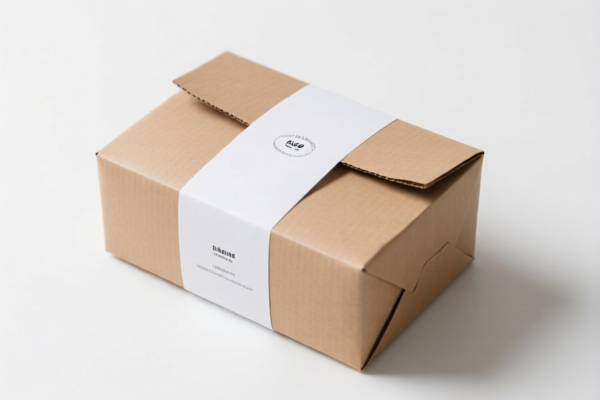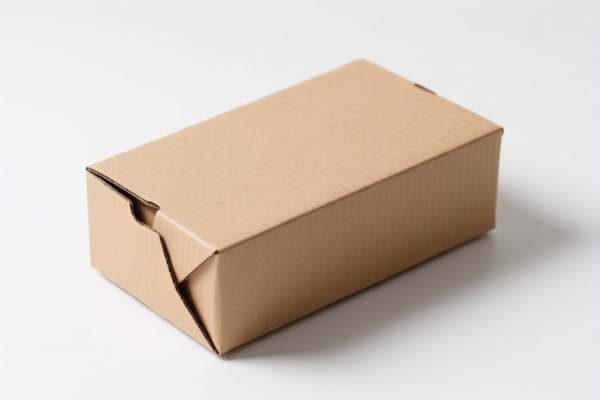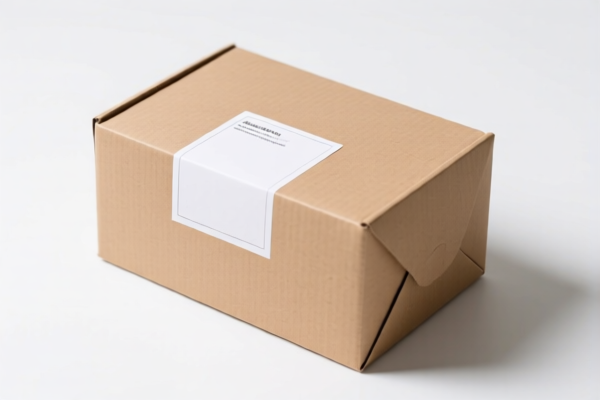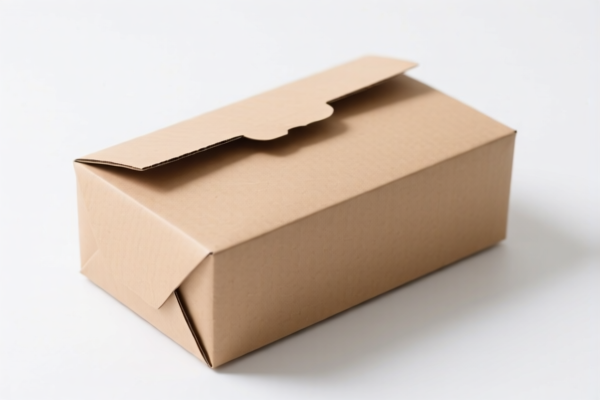Found 6 matching results
(CN → US)
| HS Code | Official Doc | Tariff Rate | Origin | Destination | Effective Date |
|---|---|---|---|---|---|
| 4819100020 | Doc | 55.0% | CN | US | 2025-05-12 |
| 4819502000 | Doc | 55.0% | CN | US | 2025-05-12 |
| 4823901000 | Doc | 55.0% | CN | US | 2025-05-12 |
| 4823908000 | Doc | 55.0% | CN | US | 2025-05-12 |
| 4911998000 | Doc | 37.5% | CN | US | 2025-05-12 |
| 4911996000 | Doc | 37.5% | CN | US | 2025-05-12 |




Packing Paper
Packing paper, also known as kraft paper, is a versatile material used for protecting and cushioning items during storage, moving, and shipping. It is commonly made from wood pulp, though recycled content is increasingly prevalent.
Material:
- Wood Pulp: Virgin wood pulp provides strength and durability.
- Recycled Content: Often contains a percentage of recycled paper fibers, offering a more sustainable option.
- Kraft Process: The paper is typically produced using the kraft process, resulting in a strong, brown paper. The process involves chemically pulping wood to separate the cellulose fibers.
- Weight: Available in varying weights (gsm - grams per square meter), influencing its cushioning ability and cost. Common weights range from 50gsm to 160gsm.
Purpose:
- Protection: Primarily used to prevent damage to items during handling and transit.
- Cushioning: Provides a protective layer to absorb shocks and vibrations.
- Void Fill: Fills empty spaces within packaging to prevent items from shifting.
- Surface Protection: Protects surfaces from scratches, scuffs, and abrasions.
- Wrapping: Used to wrap individual items for added protection and organization.
Function:
- Shock Absorption: The paper's fibers compress upon impact, dissipating energy and reducing the force transmitted to the item.
- Scratch Prevention: Creates a barrier between the item and other surfaces, preventing scratches and scuffs.
- Dust Protection: Shields items from dust and debris.
- Form Stability: Can be crumpled or folded to create custom shapes for supporting items within packaging.
Usage Scenarios:
- Moving: Protecting household goods, fragile items, and furniture during relocation.
- Shipping: Packaging products for e-commerce businesses, retailers, and manufacturers.
- Storage: Wrapping and protecting items in storage units, attics, and basements.
- Art and Crafts: Used for various artistic applications, including drawing, painting, and sculpture.
- Retail Packaging: Wrapping delicate purchases at the point of sale.
Common Types:
- Plain Kraft Paper: The standard, unbleached brown paper. Most economical option.
- White Kraft Paper: Bleached for a cleaner appearance, often used for retail packaging or when a more professional look is desired.
- Crepe Paper: Features a crinkled texture for enhanced cushioning and shock absorption. Ideal for fragile items.
- Butcher Paper: A heavier weight, wax-coated paper often used for wrapping meats, but also suitable for protecting larger items.
- Newsprint: Lower-quality paper made from recycled newsprint, suitable for less fragile items or void fill.
- Bubble Wrap Paper Combination: Paper with bubble wrap adhered to it for superior protection.
Packing paper can fall under several classifications depending on its specific form and use, as detailed below:
- 4819.10.00.20: This HS code covers cartons, boxes, and cases of corrugated paper or paperboard. It specifically includes sanitary food and beverage containers. The total tax rate is 55.0%, comprised of a 0.0% base tariff and a 25.0% additional tariff, increasing to 30% after April 2, 2025.
- 4819.50.20.00: This code encompasses other packing containers, including record sleeves, made of paper, paperboard, cellulose wadding, or cellulose fiber webs. It also includes sanitary food and beverage containers. The total tax rate is 55.0%, with a 0.0% base tariff and a 25.0% additional tariff, rising to 30% post-April 2, 2025.
- 4823.90.10.00: This HS code applies to other paper, paperboard, cellulose wadding, and cellulose fiber webs cut to size or shape, specifically those made of paper pulp. The total tax rate is 55.0%, consisting of a 0.0% base tariff and a 25.0% additional tariff, which increases to 30% after April 2, 2025.
According to the provided reference material, the HS code options related to 'packing paper' are limited, with only the following 3 found.
Customer Reviews
No reviews yet.